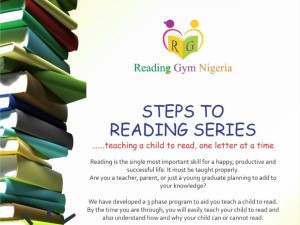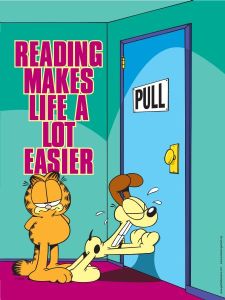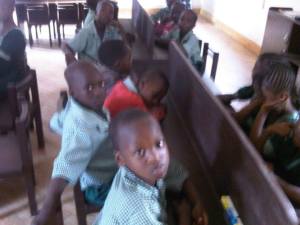
STRS……teaching a child to read, one letter at a time.
As a teacher with a background in physiology, I flowed while some of my colleagues had difficulties in understanding children who had difficulty in learning and (unfortunately) were put in “normal” classrooms in an otherwise, hostile, Nigerian educational environment. Don’t get me wrong, I worked in a good environment but my colleagues in other schools didn’t. And despite my own good environment, we were still incapable of providing for children who were below a certain level of intellectual ability.
Nursery is a good place to start when going into the teaching profession, and soon enough, I fell in love with my job and the children (ages 2-5 on average). I am a very creative person in a lot of areas so I easily adapted my lessons to themes (back then – as I am no more in the classroom). One area that struck a chord in me was Language, and especially getting children to read. Maybe it was because I was fresh from learning Montessori or because the transition you see a child go through from non-reader to fluent reader is just magical! And I had somehow stumbled on some neurophysiology articles that had to do with cognition – now that had my juices running!
Fast forward 5 years later, I had this urge to train teachers to teach reading properly. So I birthed the Steps To Reading Series (been on it over a year). Through endless research and self-study, I was able to come up with a material that was technical but not too technical for the average Nigerian teacher to comprehend (as long as the teacher is qualified enough to be able to read the material).
WHAT IS THE Steps To Reading Series?
It is a mini-course I developed from a compilation of different works (mostly international because we still depend more on diaspora curriculum in schools here) based on the curriculum we use here in Nigeria. It is divided into 4 phases: Preparatory, Pre-Phonics, Phonics, and Post-Phonics Phases.
Preparatory has 2 module: Neuro 101 & Teachology 101
Pre-Phonics has 4 modules: Alphabetic Principle, Literacy & its stages, Print Awareness & Concept of Word, and Phonological Awareness.
Phonics has 3 modules: Phonics, Phonics the Jolly Way & Phonics the Montessori Way.
Post Phonics has 4 modules: Fluency, Vocabulary, Comprehension 1 and Comprehension 2.
Each module is meant to explain the topics thoroughly so as to ease a lot of headaches for the typical Nigerian teacher.
WHAT PROBLEM DOES THE STRSeries ADDRESS?
Plenty!!!!
Neuro 101 gives a simple insight into how the brain works in learning. Hopefully that will make it easier for teachers to easily recognize that children with learning difficulties shouldn’t be labelled as dull.
Teachology 101: address our attitudes to teaching as a profession. Basically, if God willed that you are a teacher, accept it and make the best of it. Learn to love it, it’s a noble profession! We can always talk about the salary later……
As for the remaining set of modules, it is meant to highlight aspects of teaching reading that is highly overlooked in training schools. The first four modules are usually clumped under phonics….and there is this never-ending war between Jolly Phonics & Montessori Phonics. Then of course, fluency is skipped, Vocabulary is just a normal daily act of living and comprehension?!?!? O dear! Don’t get me started.
I hope to keep developing the series each year, adding and subtracting as appropriate. I hope that sometime in the future, even a secondary school certificate holder would be able to use it to learn to teach reading (with some internships). This is Africa after all, not everyone has the “luxury” of getting into a good university.

Reading is a prelude to so many things, including mathematics, physics, chemistry, and all other analytical sciences. If they don’t read it properly, they would never understand it enough to solve the problems.
If we can just teach our children to read properly and to actually love the act of reading, we would have a nation of happy, literate, and empowered youths to steer the nation into a naturally positive course.



